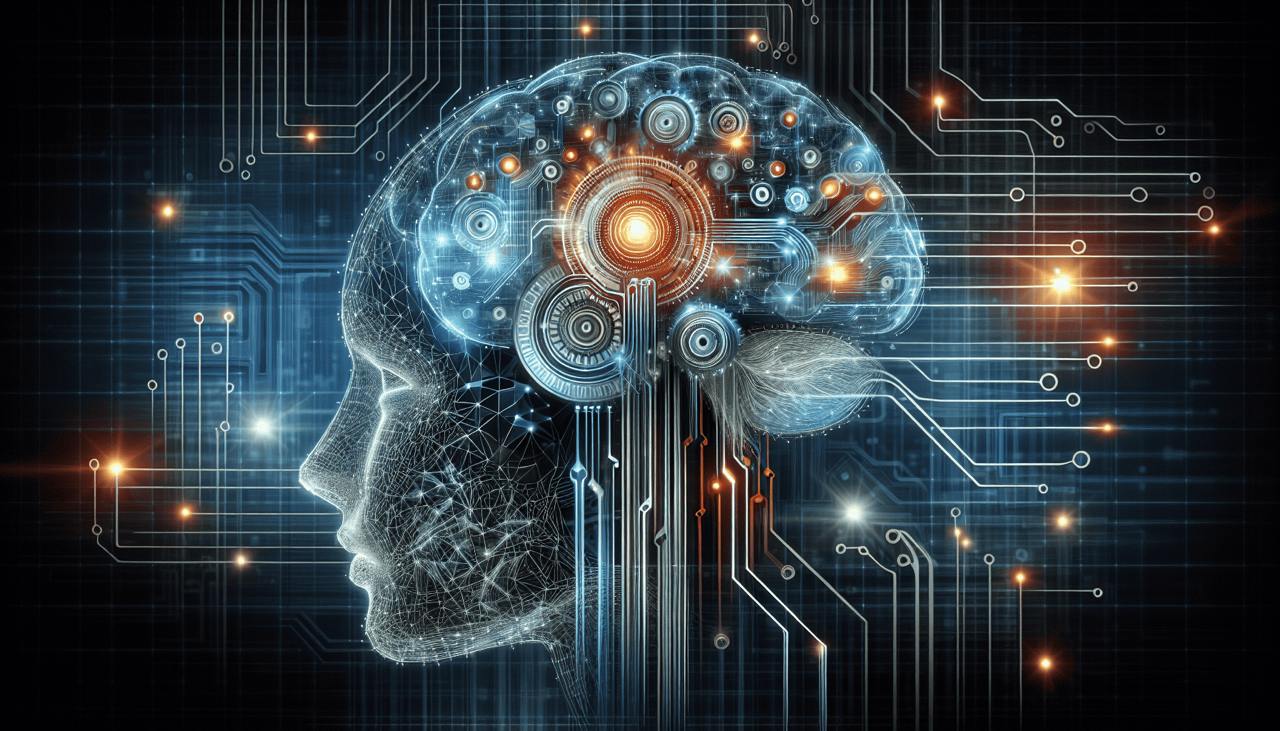Artificial Intelligence (AI) is revolutionizing numerous industries, and education is no exception. The integration of AI in educational settings is transforming how educators teach and how students learn, providing new opportunities for both to thrive. This transformation touches on multiple aspects of education, from streamlining administrative tasks to offering personalized learning experiences, making education more efficient, inclusive, and tailored to individual needs.
One of the most significant impacts of AI in education is the automation of administrative tasks. Teachers and educational institutions often face a heavy administrative burden, including grading, attendance tracking, and managing paperwork. AI technologies, such as natural language processing and machine learning algorithms, can automate these repetitive tasks, freeing educators to focus more on instructing and interacting with students. For instance, AI-powered grading systems can evaluate multiple-choice exams and even provide analysis on essay-style responses, making it possible to quickly and accurately assess student performance.
In addition to easing administrative workloads, AI fosters a more personalized learning experience. Traditional education systems are often constrained by a one-size-fits-all approach, where students move through a fixed curriculum at a uniform pace. However, students have varying levels of understanding, interests, and learning speeds. AI addresses these challenges by offering adaptive learning technologies that tailor educational content to each student’s specific needs and learning style. These systems analyze the student’s progress and adapt accordingly, ensuring that no student is left behind while others advance.
Moreover, AI is instrumental in providing personalized tutoring and feedback. Intelligent tutoring systems can mimic human tutors by understanding the strengths and weaknesses of students, offering real-time feedback and support in areas where students struggle. These systems utilize data from student interactions to provide targeted exercises and resources, effectively bridging learning gaps and enhancing comprehension.
Beyond personalization, AI also facilitates accessibility and inclusivity. It can assist students with disabilities by providing tools such as text-to-speech, speech-to-text, and other assistive technologies, making it easier for students with visual, auditory, or learning impairments to access educational materials. AI also enables translation services that break down language barriers, making it possible for students from diverse linguistic backgrounds to access educational resources and participate in global classrooms.
While the potential benefits of AI in education are immense, challenges remain. There are concerns regarding data privacy, the digital divide among students, and ensuring that the human element of teaching is not lost. Educators, policymakers, and technologists need to collaborate to address these challenges, ensuring that AI is implemented ethically and equitably.
In conclusion, AI is a powerful tool with the potential to significantly transform education by automating administrative tasks and offering personalized learning experiences. Its ability to provide personalized feedback, enhance accessibility, and improve learning outcomes makes it a valuable asset in modern education systems. As we continue integrating AI into educational environments, it is crucial to harness its potential responsibly and inclusively, ensuring that all students benefit from AI advancements and are prepared for an increasingly digital world.
